Blink cameras are a popular choice for home security due to their ease of use, affordable prices, and versatile features. However, like any internet-connected device, they are vulnerable to hacking if not properly secured. In the wrong hands, your Blink camera can be accessed, controlled, or even turned off remotely without your knowledge.
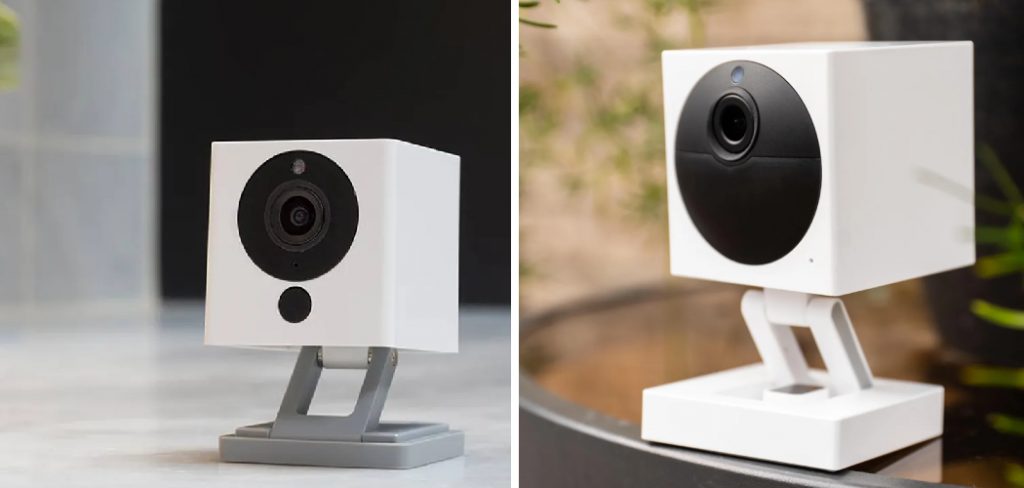
The main advantage of preventing a blink camera from being hacked is that it ensures the safety and security of your home or property. By implementing various security measures, you can prevent hackers from accessing and potentially compromising your camera’s footage. In this blog post, You will learn in detail how to prevent blink camera from being hacked.
Step-by-step Instructions for How to Prevent Blink Camera From Being Hacked
Step 1: Inspect Your Network
The first step to protecting your Blink camera from being hacked is to inspect your network setup. Make sure that you have a strong and secure password for your Wi-Fi router, as well as any other devices connected to the network.
Step 2: Update Your Camera’s Firmware
Regularly check for firmware updates for your Blink camera and make sure to install them promptly. These updates often include security patches that can help prevent hacking attempts. When setting up your Blink camera, be sure to change the default password to a strong and unique one. This will make it harder for hackers to guess and gain access to your camera.
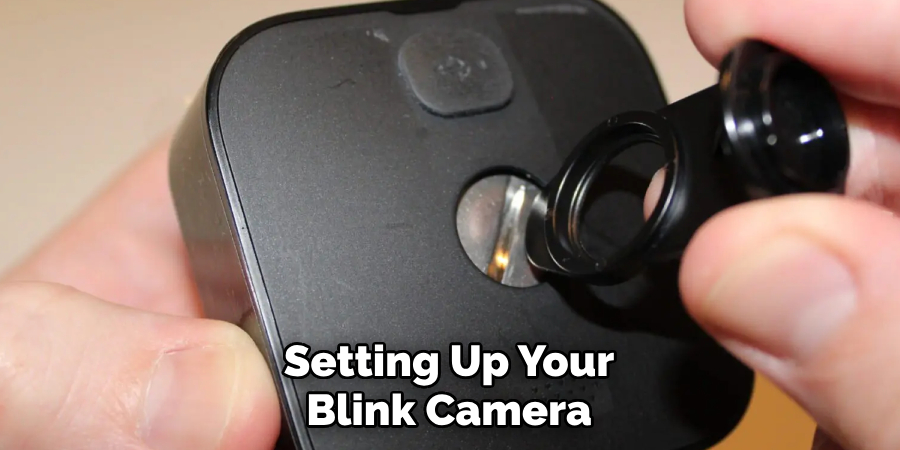
Step 3: Enable Two-Factor Authentication
Two-factor authentication adds an extra layer of security to your account by requiring a code sent to your phone or email in addition to your password. Enable this feature for added protection. By setting up motion detection zones, you can limit the areas that your Blink camera monitors. This not only conserves battery life but also reduces the risk of hackers accessing footage from areas that are not important.
Step 4: Check Camera Placement
Make sure to position your Blink camera in a location that is difficult for intruders to reach. This will not only prevent physical tampering but also make it harder for hackers to gain access and disable the camera. In addition to securing your camera with a strong password, make sure to also use a strong and unique password for the Blink app. This will add another layer of protection against hacking attempts.
Step 5: Keep Your Software Up to Date
In addition to updating your camera’s firmware, it is important to regularly check and update any other software or apps associated with your Blink camera. This includes the Blink app and any other third-party apps that may have access to your camera.
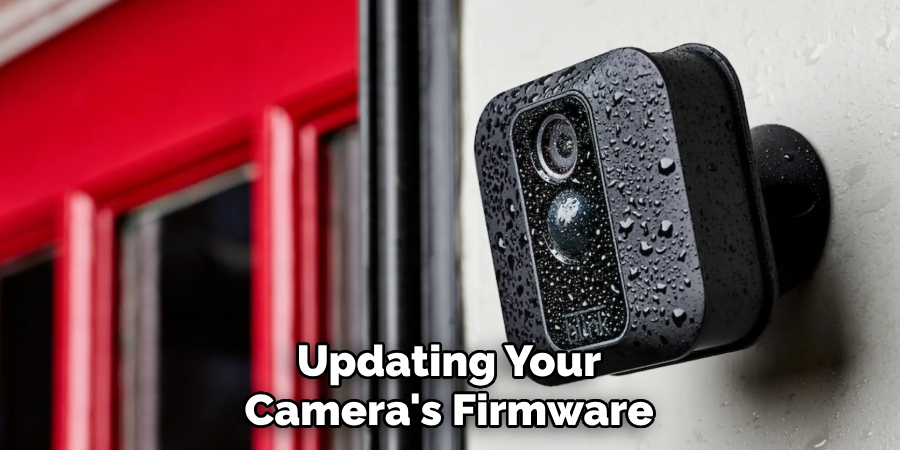
Step 6: Monitor Your Camera’s Activity
Regularly check the activity log of your Blink camera to ensure there are no unauthorized access attempts. If you notice any suspicious activity, change your passwords immediately and contact Blink customer support for assistance.
If you are accessing your Blink camera remotely, it is highly recommended to use a virtual private network (VPN) for added security. This will encrypt your connection and make it harder for hackers to intercept sensitive information.
By following these step-by-step instructions, you can greatly reduce the risk of your Blink camera being hacked. It is important to regularly review and update these security measures to stay one step ahead of potential hackers.
Tips for How to Prevent Blink Camera From Being Hacked
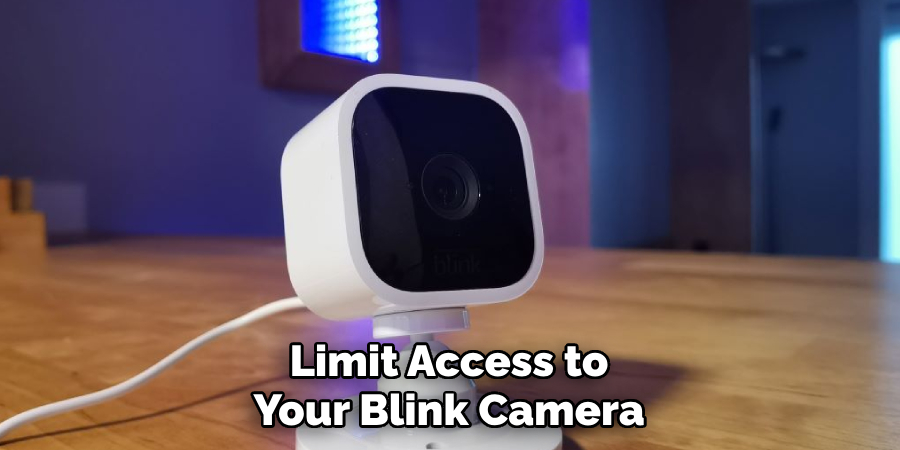
- Regularly change your passwords for both your Wi-Fi router and Blink camera.
- Avoid using easily guessable passwords such as birthdates or common words.
- Limit access to your Blink camera by only sharing login information with trusted individuals.
- Monitor the activity of any third-party apps that have access to your camera.
- Consider investing in a security system that includes multiple cameras, making it more difficult for hackers to access all of them.
- If you notice any suspicious activity, immediately change your passwords and contact customer support.
- Stay informed about the latest security threats and updates for your Blink camera. These tips can help further enhance the security of your device and protect your privacy.
By staying vigilant and taking necessary precautions, you can ensure that your Blink camera remains safe and secure. Remember to regularly check for updates, use strong passwords, and monitor your camera’s activity to prevent any potential hacking attempts.
What Are the Potential Risks of a Blink Camera Being Hacked?
There are several potential risks associated with a Blink camera being hacked. These include:
- Invasion of Privacy: One of the biggest concerns with a hacked Blink camera is the invasion of privacy. If someone gains unauthorized access to your camera, they can potentially see and record everything that happens in its field of view.
- Unauthorized Surveillance: A hacked camera can also be used for unauthorized surveillance. This can be especially concerning if the hacker is targeting a specific individual or property.
- Malware and Viruses: Hacked cameras can also become infected with malware or viruses, which could potentially spread to other devices on your network.
- False Alarms: A hacked camera may also trigger false alarms, causing unnecessary stress and wasting valuable time for homeowners and law enforcement.
- Physical Security Threat: In some cases, a hacked camera can also pose a physical security threat. For example, if the hacker gains access to your home’s security system through the camera, they could potentially unlock doors or disable alarms.
- Data Breaches: Hacked cameras can also lead to data breaches, as they often store footage and personal information on the cloud or an external server. This can put your sensitive information at risk.
- Financial Loss: If a hacker gains access to your camera, they may also be able to gain access to your financial information if it is stored on the same network. This could potentially lead to financial loss and identity theft.
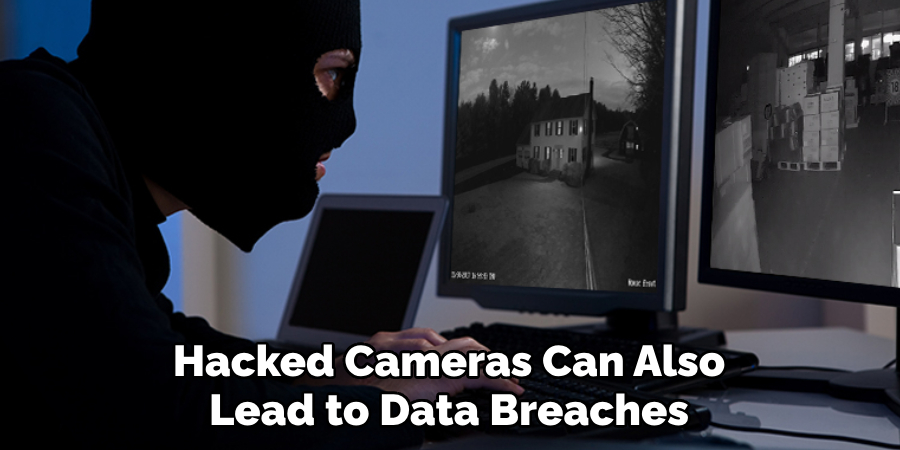
In addition to these risks, there are also other potential consequences of a hacked Blink camera that may not be immediately apparent. For example, if the hacker gains access to footage of your home or property, they may use this information for blackmail or extortion. They could also sell this footage on the dark web or use it for other nefarious purposes.
Are There Any Additional Security Features You Can Enable on Your Blink Camera to Prevent Hacking?
In addition to the basic security measures discussed earlier, there are a few other ways you can further protect your Blink camera from potential hacking attempts.
1. Enable Two-Factor Authentication
Two-factor authentication (2FA) is an extra layer of security that requires users to provide two forms of identification before accessing their account. This greatly reduces the chances of hackers gaining access to your camera and footage, as they would need to have both your password and a unique code sent to your phone or email.
2. Change Your Default Password
Many cameras come with default login credentials that are easily accessible online. It is important to change these default passwords to something more complex and difficult for hackers to guess. Use a combination of letters, numbers, and special characters to create a strong password.
3. Keep Your Camera Firmware Up-to-Date
Manufacturers regularly release firmware updates for their cameras, which often include security patches and bug fixes. It is important to keep your camera’s firmware up-to-date to ensure it has the latest security measures in place.
4. Use a Virtual Private Network (VPN)
A VPN adds an extra layer of security by encrypting your internet connection and preventing hackers from intercepting your data. This is especially useful when accessing your camera’s live feed or footage remotely.
5. Disable Remote Access
If you do not need to access your camera remotely, it is recommended to disable this feature altogether. This prevents any potential breaches through remote access methods.
By implementing these additional security measures, you can greatly reduce the risk of your Blink camera being hacked. It is important to take these precautions to protect not only your privacy but also the physical security of your home.
Conclusion
The main disadvantage of preventing blink camera from being hacked is the added cost and effort. Security measures such as strong passwords, two-factor authentication, and regular software updates require users to invest time and resources in implementing them. In conclusion, the safety and security of our homes is of utmost importance.
We rely on technology, such as blink cameras, to provide us with a sense of protection and peace of mind. However, this technology can also make us vulnerable to cyber attacks if not properly secured. I hope this article has been beneficial for learning how to prevent blink camera from being hacked. Make Sure the precautionary measures are followed chronologically.
About
Safety Fic is a distinguished figure in the world of Diy design, with a decade of expertise creating innovative and sustainable Diy solutions. His professional focus lies in merging traditional craftsmanship with modern manufacturing techniques, fostering designs that are both practical and environmentally conscious. As the author of diy, Safety Fic delves into the art and science of Safety Fic-making, inspiring artisans and industry professionals alike.
Education RMIT University
(Melbourne, Australia) Associate Degree in Design (Safety Fic) Focus on sustainable design, industry-driven projects, and practical craftsmanship. Gained hands-on experience with traditional and digital manufacturing tools, such as CAD and CNC software.
Nottingham Trent University
(United Kingdom) Bachelor’s in diyfastly.com and Product Design (Honors) Specialized in product design with a focus on blending creativity with production techniques. Participated in industry projects, working with companies like John Lewis and Vitsoe to gain real-world insights.
Publications and Impact
In diy, Safety Fic his insights on indoor design processes, materials, and strategies for efficient production. His writing bridges the gap between artisan knowledge and modern industry needs, making it a must-read for both budding designers and seasoned professionals.
